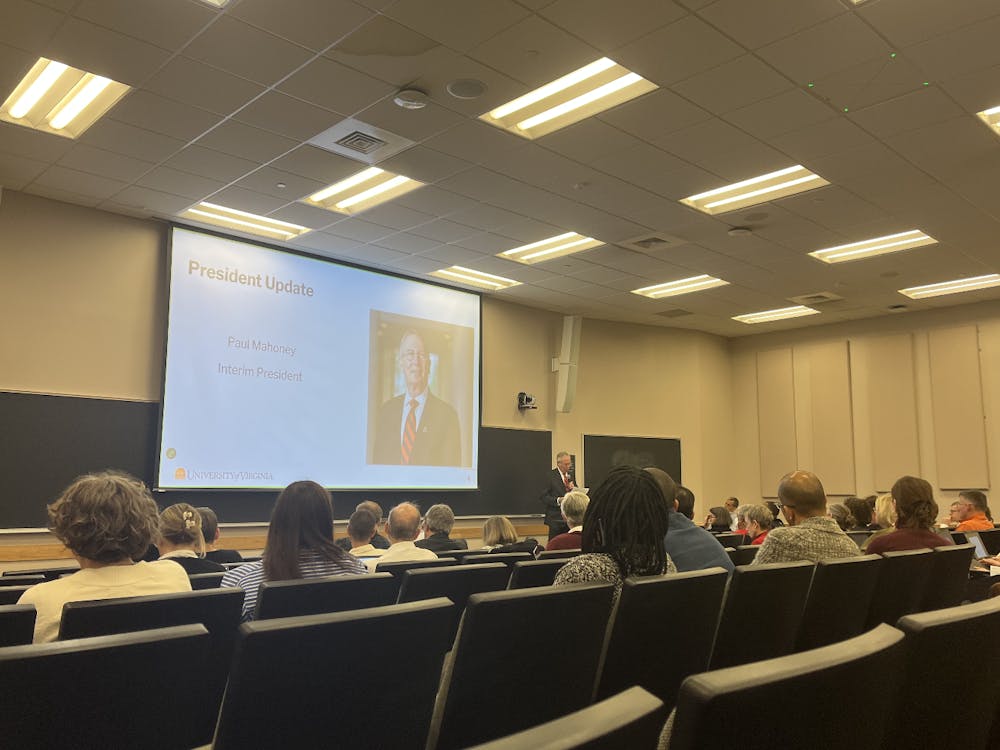Public colleges have raised tuition this year at the highest rate since 1993, according to a survey released by the College Board last week.
Tuition went up an average of 7.7 percent at four-year public institutions nationally, nearly triple the rate of inflation.
Much of the national increases were because of the recent economic downturn, which has made it difficult for states to support their public institutions.
This has not been the case in Virginia, however. Tuition this year at the University only increased 1.8 percent for in-state students and 4.9 percent for out-of-state students.
Statewide, the average tuition increase at four-year public institutions rose only 2.4 percent for in-state students and 4.5 percent for out-of-state students.
Lower increases were possible because Virginia officials "have been working for the past six, seven or eight years as a Commonwealth to modify the cost of undergraduate tuition," said G. Paul Nardo, State Council of Higher Education for Virginia communications and governmental relations director.
In 1994-1996, legislation was passed so that tuition increases for students that are Virginia were capped at 3 percent-the inflation rate at that time.
Starting in 1996, a statewide freeze on all tuition and instructional fees was implemented and tuition and instructional fees were not permitted to rise at all.
In 1999, tuition was rolled back by 20 percent.
Fourth-year, in-state students at the University paid $334 less than they paid when they entered the University three years ago, Nardo added.
"We really have been aggressive in restraining tuition," Nardo said.
Students and parents "are getting more value for their money," he said.
Virginia, however, has not been immune to current economic concerns.
Because the tuition freeze policy is an appropriation, and is not in code, it is up for review every legislative session.
"It's going to be a tight budget year," Nardo said.
He said he thought that the economic situation and the Sept. 11 attacks were going to create a "tough budget environment" when the tuition freeze legislation is up for consideration in 2002.
The College Board survey also showed loans made up 58 percent of student aid this year, as compared with 41 percent in 1980.
However, at the University, grants actually increased as a percentage of need-based aid, Financial Aid Director Yvonne Hubbard said.
Seventy-one percent of need-based aid was able to be met using grants only in 2000. This was up from the 61 percent that could be met with grants only in 1997-1998.
But she said she thought this was because the University was fortunate to have a large endowment that has been growing in recent years.
The endowment is "phenomenonal, for a public institution," Hubbard said.






